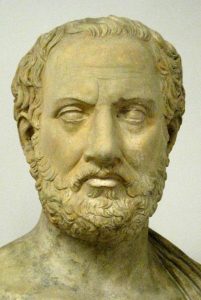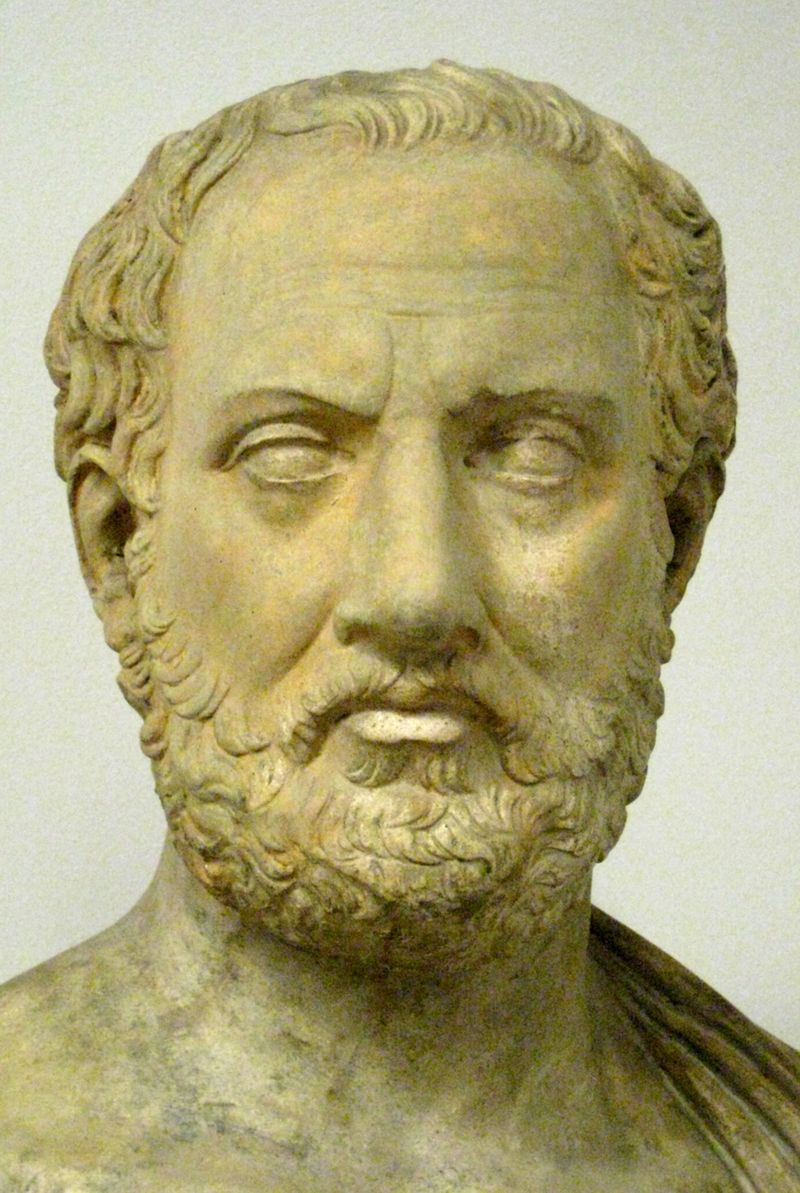Dr. Paul Rahe (Hillside College, Michigan), has now published 4 volumes in his history of Sparta. The Spartan Regime (2016) served as a prelude to this series on the foreign policy of Sparta. It was followed by The Grand Strategy of Classical Sparta (2017), Sparta’s First Attic War (2019) and now Sparta’s Second Attic War (2020). Until this fourth volume was published, I had not read the first three, but I immediately acquired the earlier volumes and read all four together (close to 1,000 pages!).
While each book is entirely academic in nature (vol. 4 alone has 50 pages of detailed notes), the prose does not get bogged down in the usual academic traps. Each book is thoroughly readable, and in many cases becomes a page-turner as the excitement of the events Rahe relates is undiminished after 2500 years. The battles fought in Greece, both on the political and military battlefields, quite literally formed the bedrock upon which the entire Western world rests. These books relate the beginning of civilization itself, not the Chinese approach that has led to Communism, but the one that led through Rome to democracy and freedom.
Volume 4 contains 25 maps, and these are critical for an understanding of what Rahe relates. Most books dealing with history have a map or two that one must constantly flip back and forth to consult, but this book and the earlier ones place the maps where they are needed to support the text. Sometimes they encompass all of Greece, other times just a few kilometers of crucial ground to explain how troop movements were made to encircle or attack a position. While Greece is a relatively small country, its geography is very complex, and coupled with the islands off its coast, and Greek satellite communities throughout the Mediterranean and Black Sea, the theatre of activity is quite large. Since the Persian attacks on Greece form a large part of the earlier volumes, the vast Persian Empire also comes into play in these maps. But here in Volume 4 we are concerned with the final struggle for existence between Athens and Sparta. Rahe ends his story with the Battle of Mantineia in 362 BCE, which the Spartans won “in the old-fashioned way by displaying strategic vision and be exhibiting the virtues of courage, steadfastness, discipline, self-restraint, solidarity, and respect for the law that they had been taught.” This and the earlier volumes explore in depth each of these elements of the Spartan character, an expression of its being the most successful inherently homosexual society in history.
In this volume, Rahe’s narrative is firmly grounded in the history of the war by Thucydides, whose narrative has been pored over by scholars for centuries. Nevertheless, Rahe draws judgments from this that are both novel and insightful. Thucydides was a canny writer (and in his 20s when the war with Sparta started), usually presenting a suite of facts without baldly stating something outright. “But he does invite us,” writes Rahe, “to put the pieces together, to puzzle over them, and reach a judgment.” Throughout the book Rahe discerns what motives underlay a certain action, or lack of action. In one case, for example, the Spartans were faced with two unpalatable choices after being “trapped” by yet another great gambit engineered by Pericles, the leader of Athens. “They could stand idly by while the Corinthians in fury bolted from their alliance. Or this exceptionally pious people could go to war, knowing in their heart of hearts they had incurred the wrath of the gods by breaking their oaths.”
Time and again Rahe takes us to a fork in the road, explaining not only the path taken but the slight changes in attitude or reasoning that would have completely changed the outcome. In this he takes the nuances offered by Thucydides and runs with them, but not so far as to run down the what-if rabbit holes. By highlighting how a fateful decision, or lack of decision, could have changed history, he shows us that the ultimate defeat of Athens was far from inevitable. Even now, it seems impossible they lost.
Rahe captures the excitement of naval battles best. Here is just one passage relating to the Spartan Timocrates in 428 BCE. “In the event – whether on the spur of the moment or as calculated in advance – the Athenian trireme glided past the merchantman, wheeled suddenly around it and out of sight, and then unexpectedly darted out on the other side – whence it rammed the Leucadian galley amidships, swamping it and causing Timocrates, in shame and no doubt fearful of capture, to commit suicide.” Rahe writes that this “surprised and shocked” the other Spartan ship commanders and so excited those who commanded the Athenian ships that they sprinted out to attack. The Athenian fleet leader Phormio returned home to Athens in triumph. “When this indomitable figure died, the Athenians erected a statue in his honour on the Acropolis.”
A tremendous series of books, this latest one is highly recommended for all military historians, Classicists, and general readers interested in how our civilization was created.
There is a typo on pg 97: degree should be decree.
Sparta’s Second Attic War is by Yale University Press.

